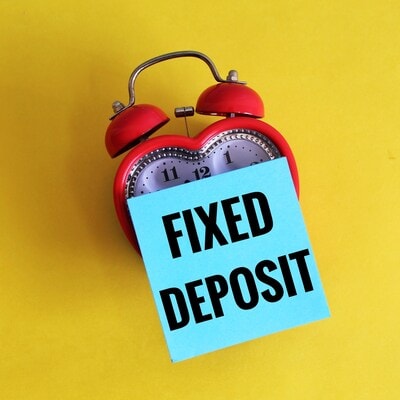For those with fixed deposits (FDs), now is the time to lock in high rates. Several banks are offering interest rates for a three-year tenure ranging from 7% to 9%. Among them, NorthEast Small Finance Bank provides the highest rate at 9%, followed by Suryoday Small Finance Bank at 8.6%, and Utkarsh Small Finance Bank at 8.5%. In the private sector, DCB Bank leads with 7.55%, followed by RBL Bank at 7.5% and SBM Bank India at 7.3%. In the public sector, Bank of Baroda offers 7.15%, while Punjab National Bank is close behind at 7%.
Bank fixed deposit rates
Here are the fixed deposit interest rates for public, private, small finance banks, and foreign banks with a three-year tenure and over 7.5% interest rate, according to PaisaBazaar:
Small Finance Banks (SFBs):
1. AU Small Finance Bank: 7.5%
2. Equitas Small Finance Bank: 8%
3. Jana Small Finance Bank: 8.25%
4. NorthEast Small Finance Bank: 9%
5. Suryoday Small Finance Bank: 8.6%
6. Unity Small Finance Bank: 8.15%
7. Utkarsh Small Finance Bank: 8.5%
Private Sector Banks:
8. DCB Bank: 7.55%
9. RBL Bank: 7.5%
Foreign Bank:
10. Deutsche Bank: 8%
Other banks offering between 7-7.4% interest rates for 3-year tenure are:
Ujjivan Small Finance Bank: 7.2%
Axis Bank: 7.1%
Bandhan Bank: 7.25%
Federal Bank: 7%
HDFC Bank: 7%
ICICI Bank: 7%
IDFC First Bank: 7%
IndusInd Bank: 7.25%
Karur Vysya Bank: 7%
Kotak Mahindra Bank: 7%
SBM Bank India: 7.3%
YES Bank: 7.25%
Bank of Baroda: 7.15%
Punjab National Bank: 7%
HSBC Bank: 7%
Standard Chartered Bank: 7.1%
Why must you lock FD rates now?
Two years ago, the Reserve Bank of India (RBI) began raising the repo rate, following global trends where central banks were hiking rates to control inflation. On October 9, in its latest monetary policy review, the RBI decided to keep the repo rate unchanged for the tenth consecutive time, holding it at 6.5%.
This prolonged period of high repo rates has resulted in attractive returns on FDs. “The high interest rates on fixed deposits may not last long,” says Adhil Shetty, CEO of Bankbazaar. He further explains, “Banks have been offering competitive rates due to the high repo rate, but as inflation stabilises and the RBI considers a rate cut, these FD rates could start to decline.”
Hence, now is the time to lock in high fixed deposit interest rates and secure your returns while you can.
How is FD interest taxed in India?
The tax on fixed deposits is based on the interest earned, not the principal amount. “The interest is added to your total income and taxed according to your income tax slab,” says Shetty. He adds, “If the interest exceeds Rs 50,000 for senior citizens (Rs 40,000 for others), the bank deducts 10% TDS. Without a PAN, this rises to 20%.”
Let’s consider Shreya, a 33-year-old Noida resident who earns Rs 75,000 annually from her FD interest.
Total interest earned: Rs 75,000
TDS threshold: Rs 40,000 for general citizens
TDS deducted by the bank: 10% of Rs 75,000 = Rs 7,500
Shreya’s total interest of Rs 75,000 will be added to her taxable income and taxed according to her slab rate. However, if her total income is below Rs 2.5 lakh, she won’t need to pay any additional tax. To avoid TDS deductions, she can submit Form 15G at the start of the financial year, declaring her income below the taxable limit, which will prevent the bank from deducting TDS upfront.
First Published: Oct 16 2024 | 3:12 PM IST

